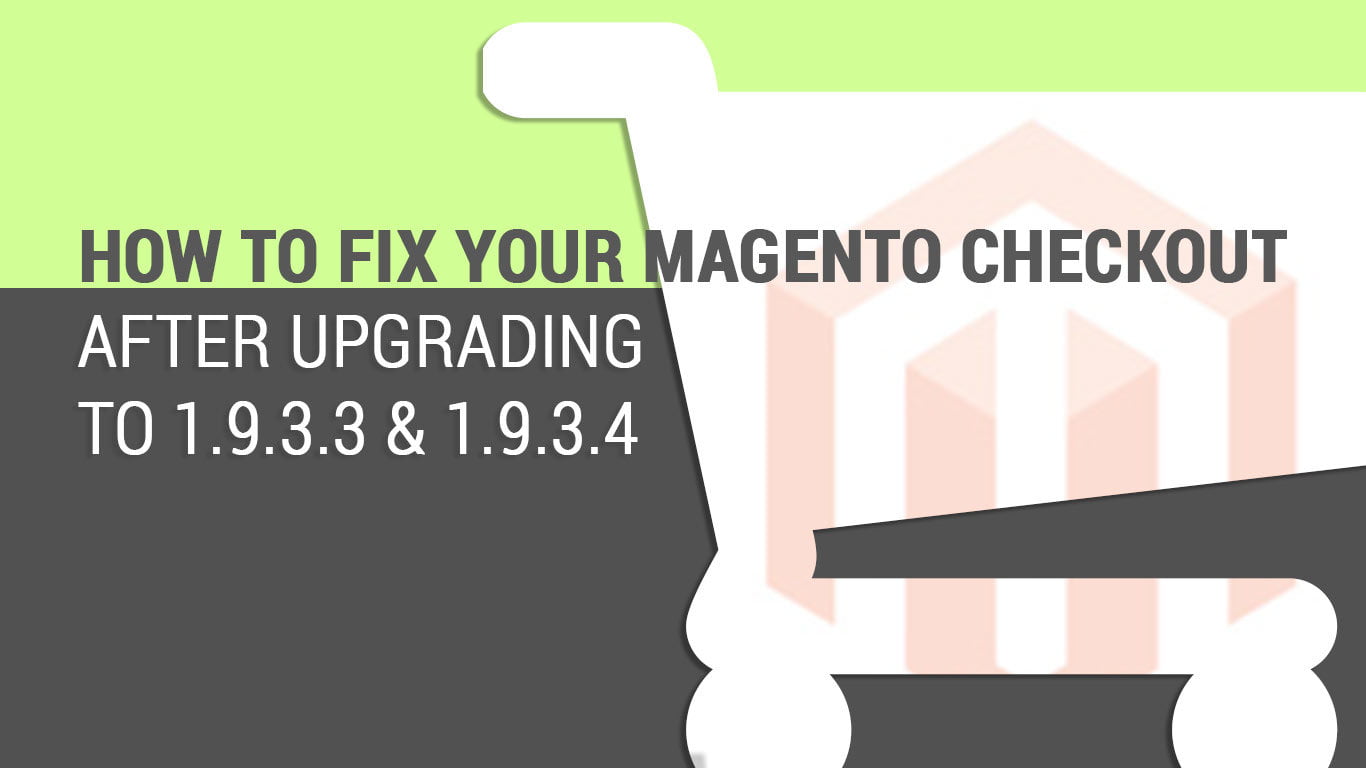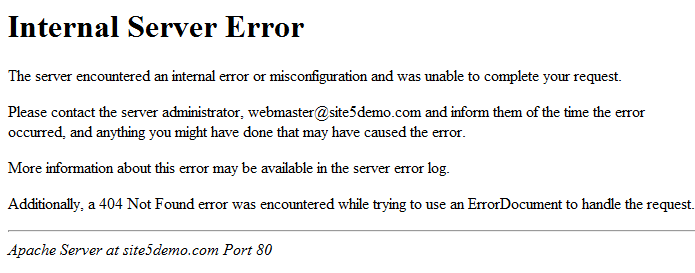Introduction You may not always need professional services to remove WordPress malware. It's always a huge problem when a WordPress website gets hacked and loaded with a ton of malware and you may not have a budget to pay for WordPress malware removal services. Not only can it affect your SEO, but the malware will...








